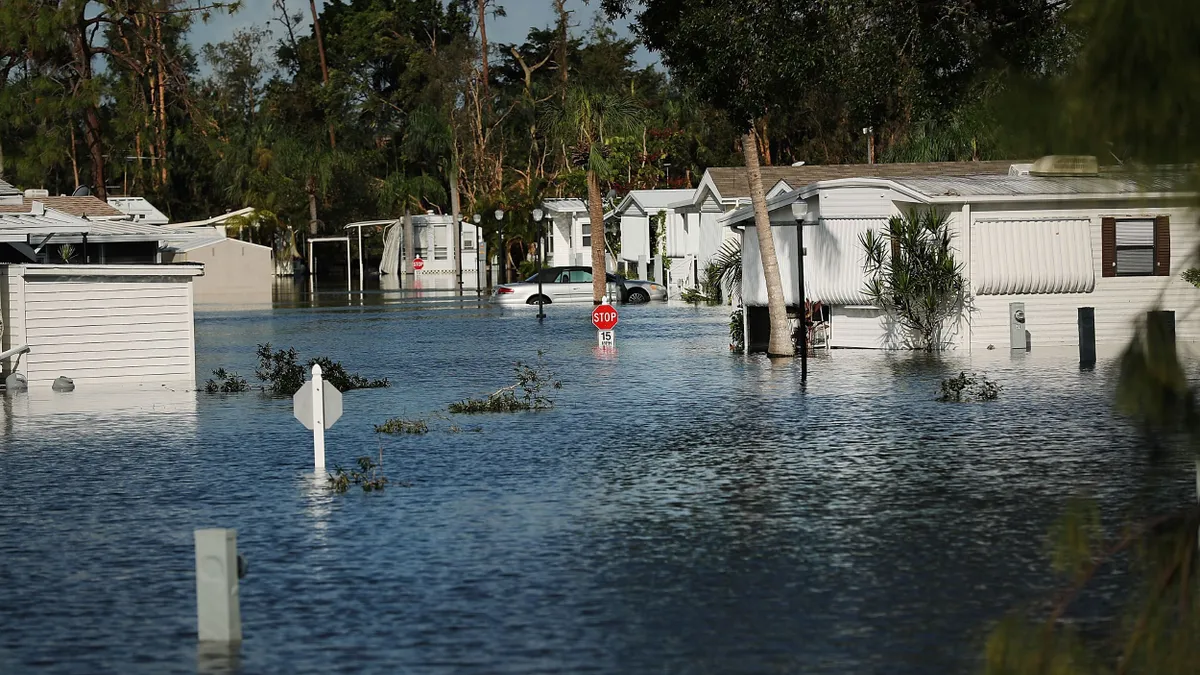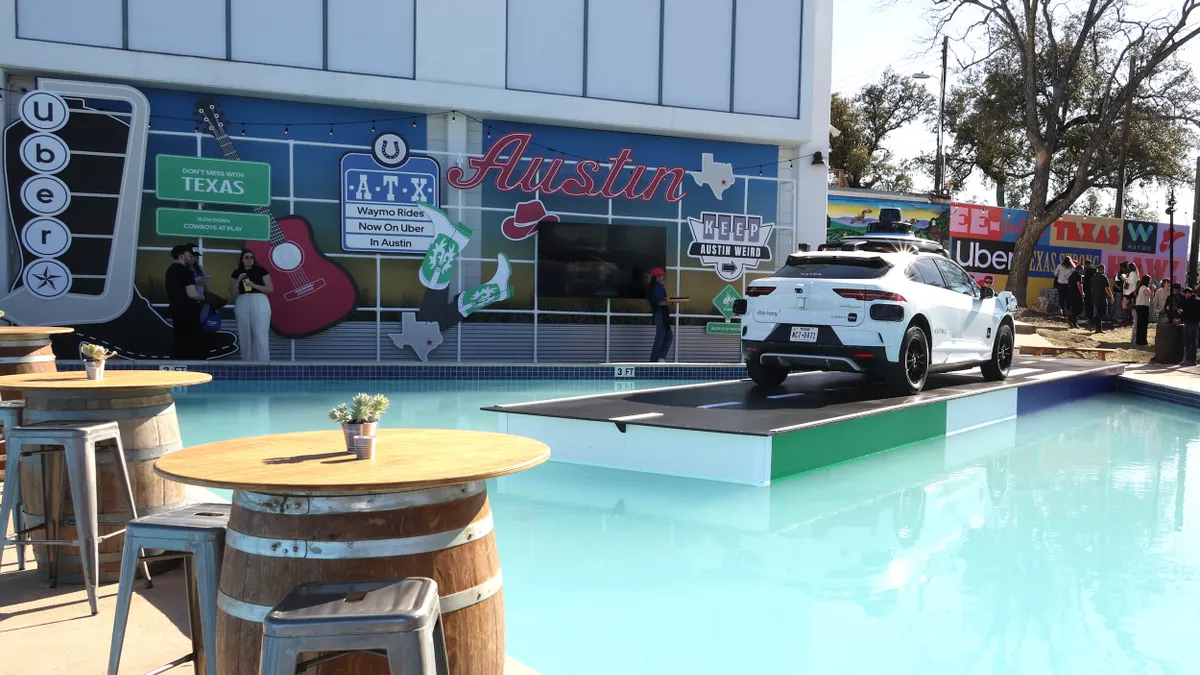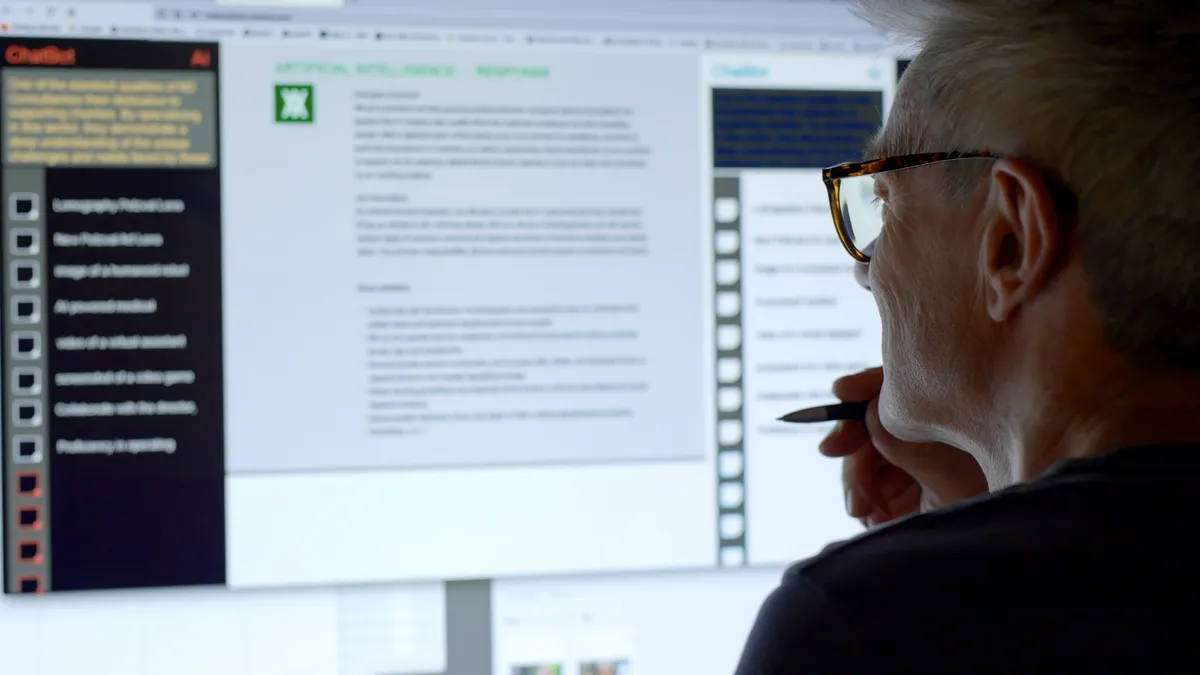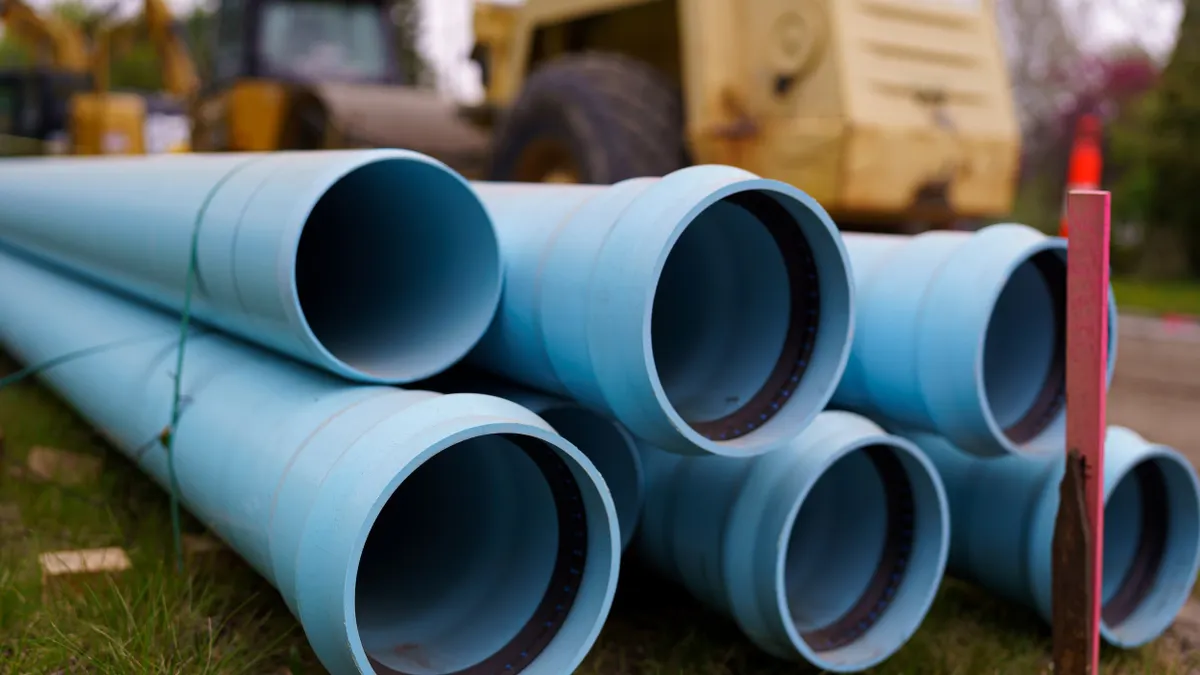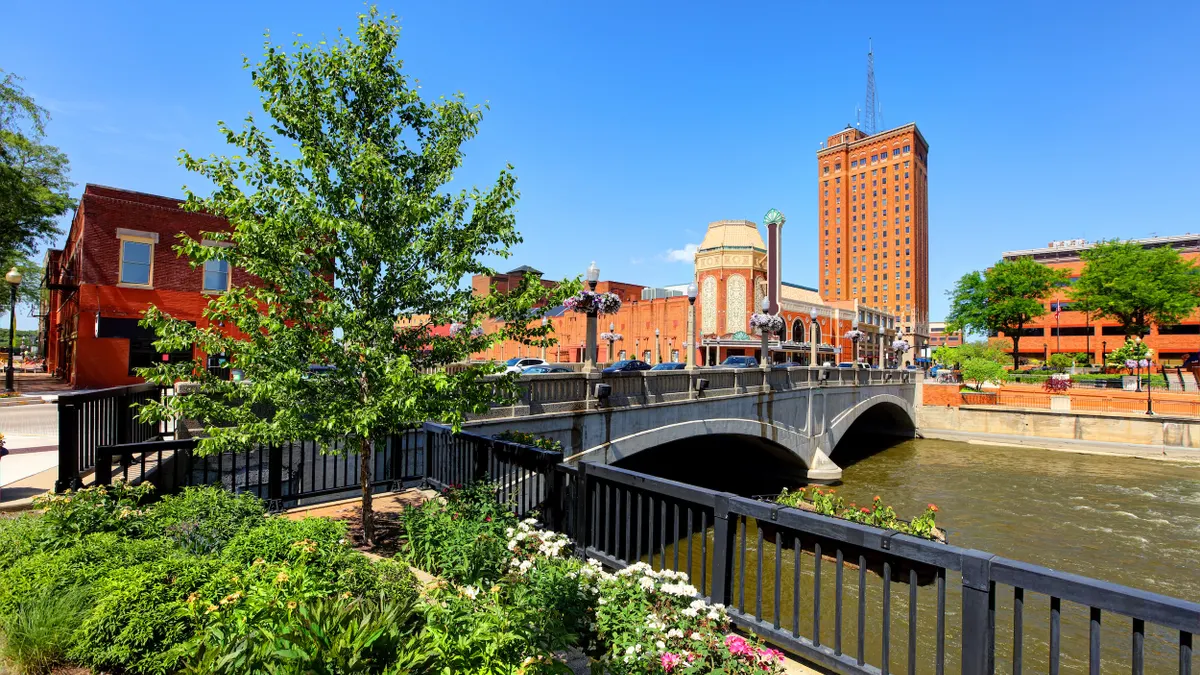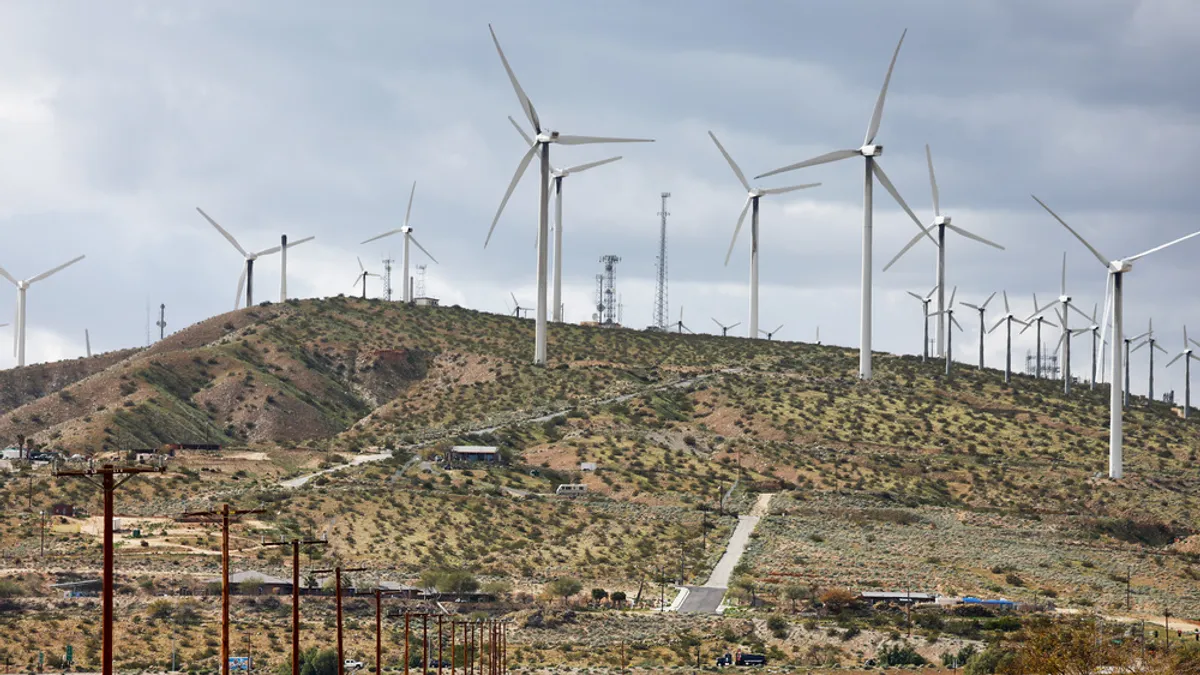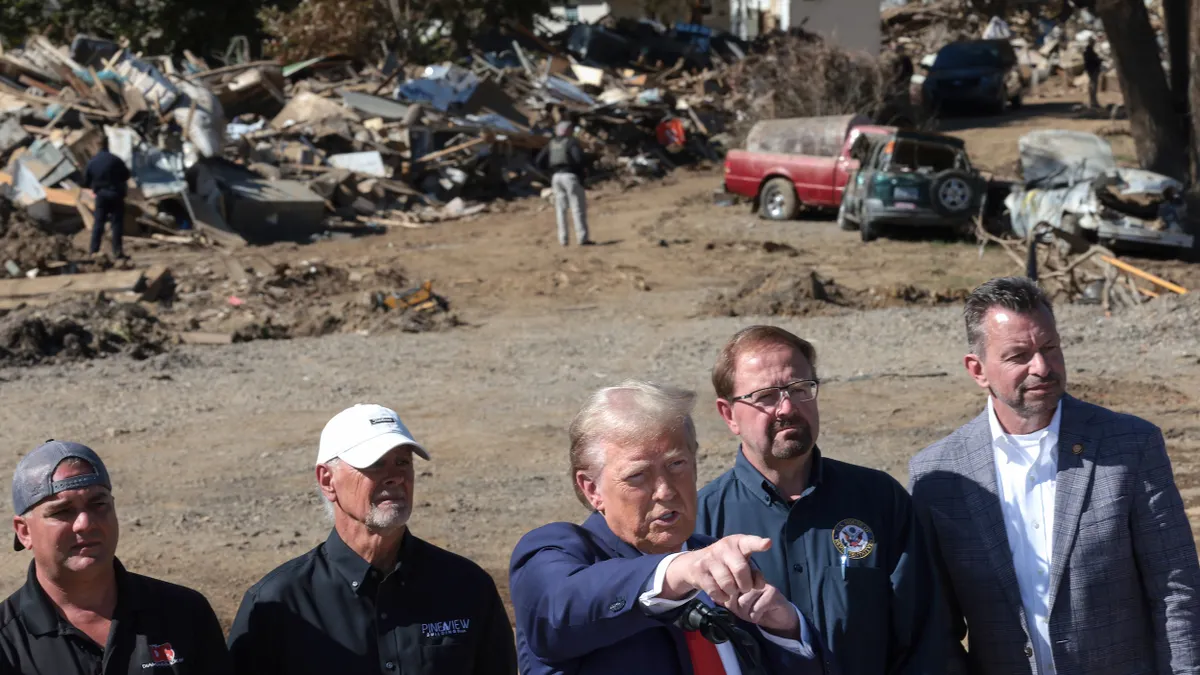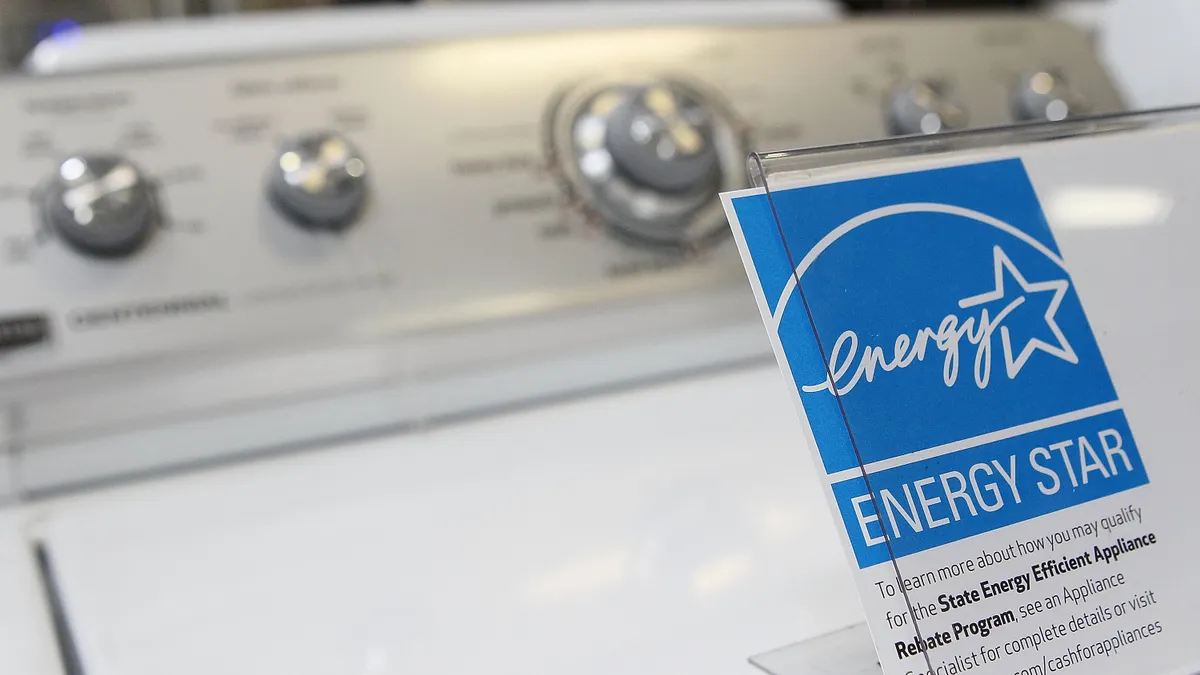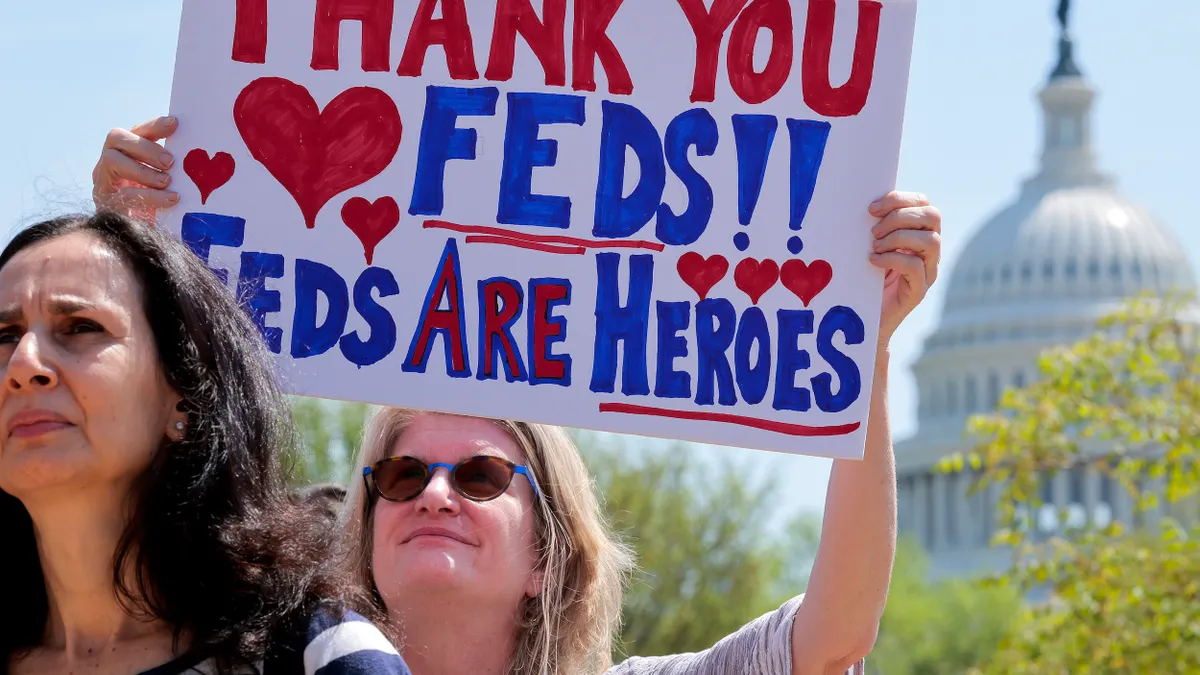Disasters have torn up or burned down entire neighborhoods on both coasts in recent months. Manufactured homes are often disproportionately hit by natural disasters. After Hurricane Helene, for example, a quarter of manufactured homes in North Carolina sat in counties that received a major disaster declaration, though the units only make up about 12% of housing in the state.
Almost all new manufactured homes cost less than $250,000, compared with only about 25% of site-built homes. As one of the most affordable forms of housing in the U.S., manufactured housing losses to water, wind and flames are deeply felt. “An affordable home that gets destroyed is not affordable any longer,” said Andrew Rumbach, a senior fellow at the Urban Institute, during a recent manufactured housing panel the group hosted.
States and municipalities may be making the geographic risks worse through regulations or other policies that prevent homeowners from making their property more disaster-resistant, manufactured housing experts say, and they’re advocating for change. Participants in the Urban Institute event and other experts name barriers including the following:
1. Lack of information on risk
When Rumbach asks local housing experts about where their housing supply is compared with disaster risks, “a lot of places can't tell you, or they haven't looked at that recently,” he said in a recent interview. Manufactured housing is about four times more likely to lie in census tracts with high risks of hurricanes, fires, heat waves and other extreme events, according to a new analysis from the Urban Institute. The homes are also disproportionately located in communities with lower abilities to prepare for and recover from extreme climate events, that research found. The owners themselves have a median income of less than half of those in traditional single-family homes.
In Vermont, manufactured home communities are required to register with the state, share their address, and give annual updates on the number of vacant home lots. Mapping that information and comparing it with the latest flood hazard maps reveals which homes are at risk. Academic and nonprofit partners then set up workshops in manufactured home communities to discuss flooding concerns and experiences, as well as share maps and resources about risks, said Kelly Hamshaw, a community development faculty member at the University of Vermont.
2. Lack of access to capital
Laws that designate manufactured housing as chattel property, like a boat or a car, rather than real property, limit the types of resources manufactured home owners can access to improve the homes’ resilience, researchers say. While real property owners can use home equity loans to fund repairs, manufactured home owners might be stuck with higher-interest, shorter-term chattel loans. The terms might put renovations that help homes withstand extreme weather, like a new roof, foundation repairs or better insulation, out of reach.
New Hampshire is the only state that automatically labels a manufactured home as real estate. For those homeowners who own the land they live on — either alone or as part of a cooperative -– the New Hampshire Community Loan Fund can help with mortgages or equity loans. The state is seen as a leader in improving manufactured home purchase and repair financing, but that caveat — borrowers can’t be on rented land — highlights another area where policy could help homeowners better withstand disaster.
3. Older, pre-code housing stock
Many manufactured home owners will need further programs to help insulate them from extreme weather. Even if residents get funds to help with home repairs — either through direct assistance from the state or the equity loans co-ops can access — existing homes might be beyond repair.
“Weatherization is a challenge,” said Arica Young, director of housing access and affordability at the Lincoln Institute of Land Policy, during the Urban Institute panel. “Is the building still structurally sound enough to accept upgrades?” About 1.3 million manufactured homes still in use were made before 1976, the year the Department of Housing and Urban Development implemented a national construction standard due to widespread problems with shoddy assembly. Many of those buildings today can’t take on structural changes or even additional insulation.
4. Lack of land ownership
About 40% of manufactured homeowners are in communities where they rent the land under their homes, according to a report by nonprofit Prosperity Now. The property owners install and repair all the shared utilities and roads. “Over the course of our interviews [with manufactured home owners and other experts], we heard multiple times that some investors are unresponsive to residents’ needs and do little to strengthen the resilience of parks,” the Urban Institute report states. It’s even common to see manufactured home parks without fire hydrants, said Yvonne Maldonado, executive director of the manufactured home resident advocacy group MHAction, during the Urban Institute’s recent panel discussion. If infrastructure is damaged by disaster, the property owners might decide renovations are too expensive and sell the land, pushing manufactured home owners off their lots, said Rumbach.
Resident ownership of the land below their homes allows those personally affected by the local infrastructure to direct disaster resiliency improvements. The typical structure for group ownership of a manufactured housing community, a cooperative, gives homeowners a share in the land or joint control over an organization that owns real property. Washington and Colorado are among the states with organizations that offer financing to manufactured homeowners who want to buy their park as a co-op; other states, including New York, give residents the first right of refusal in certain circumstances if the landowner decides to sell.
5. Exclusionary zoning
Zoning codes have historically pushed manufactured homes to marginal, risk-prone areas, the Urban Institute report notes. If local rules don’t outright ban manufactured homes, they might require designs, like a specific roof pitch, that the units don’t meet.
In California, the nonprofit Neighborhood Partnership Housing Services sometimes works with individuals who want to place manufactured homes on their land. Jesse Ibarra, NPHS’ chief business officer, said the buyers find themselves running up against prohibitive requests from a local jurisdiction — for example, proof that the unit can withstand 120-mph winds, something no manufactured homes sold in California are required to have. Attempts to exclude manufactured homes, or protests against them at town meetings, typically come from people with outdated ideas about them, he said. “When they don’t understand the product, there has been some contention.”.
Zoning reform, paired with community education, could bring manufactured homes into places that previously excluded them, like tracts of land with lower disaster risks. A regulatory change that allows homeowners to put manufactured units on land they purchase could result in an overall cost that’s 20% to about 50% less than site-built homes, according to research by the Joint Center for Housing Studies at Harvard University.
Changes in zoning policy don’t guarantee expansion of manufactured homes. Though Vermont prohibits zoning rules that exclude manufactured homes, the state hasn’t seen any substantial park growth since 2014. New parcels of land that are unlikely to flood are expensive, Hamshaw said. State funding could help with subsidies, down payments, or interest rate relief to help create new parks, added Sandrine Kibuey, the director of statewide housing advocacy programs at the Vermont-based Champlain Valley Office of Economic Opportunity, over email.
In lieu of new parks, “preserving the parks that we do have and knowing which ones are not on the floodplain is one of those strategies we need to double down on,” Hamshaw said. Last November, Vermont launched an initiative where the state buys new manufactured homes, places them on vacant lots in parks, and resells them to qualified residents. The program already has residents in new homes. Relocation efforts can sometimes be a tough sell, warned The Lincoln Institute's Young. People might not want to take on new debt. And senior citizens, who are about a third of all adult manufactured home residents, might struggle with the idea that the home they have had for years is no longer safe.
Even if there is resistance to larger changes, improved communication with manufactured home owners and entire communities can be helpful for disaster preparation and planning. Hamshaw remembers a town hall-style meeting in 2023 where she and the homeowners in a park located entirely on a floodway discussed emergency preparedness. Six weeks later, floods wrecked every single home.


